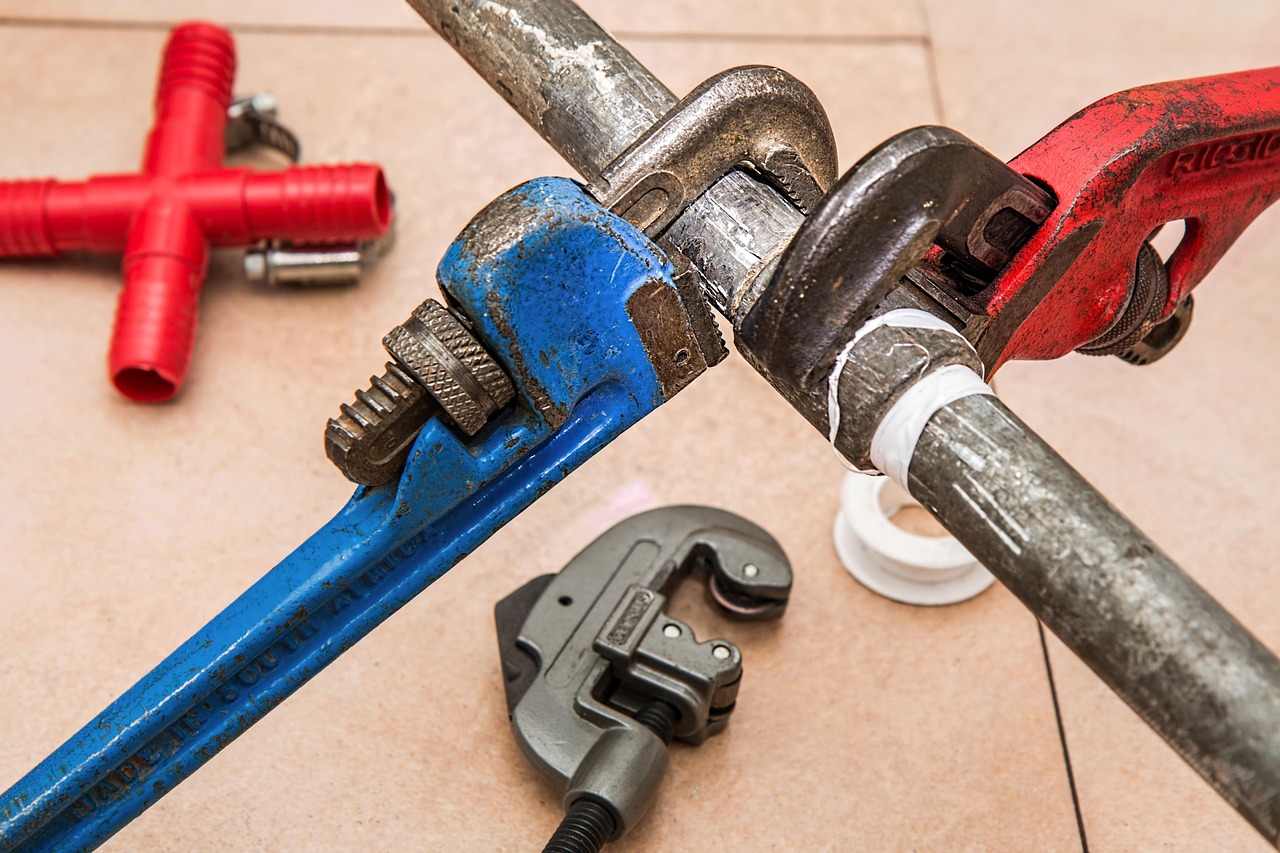Imagine if every material in your home came with detailed documentation about its composition, origin, and recycling potential. This is the essence of material passports in construction—digital records that catalog every component used in a building throughout its lifecycle. These passports are becoming increasingly important tools in sustainable resource management for homes, allowing materials to be efficiently reused and recycled when a building reaches the end of its life. By tracking building materials from installation to demolition, material passports help advance the circular economy in building by ensuring valuable resources remain in use for as long as possible.
What Are Material Passports?
Material passports are comprehensive digital documents that contain detailed information about the materials used in construction projects. Unlike traditional construction documentation that focuses primarily on installation specifications, material passports track building materials with future use in mind. They include data on the composition, quantity, location, and quality of materials, as well as information about how they can be disassembled, recycled, or reused. This documentation serves as a valuable resource for contractors, architects, and property owners who prioritize sustainable building practices. As buildings age and require renovation or demolition, these passports provide a roadmap for responsibly handling the materials, promoting the future reuse of building components rather than sending them to landfills.
The Benefits of Material Passport Systems
Implementing material passports in construction offers numerous advantages for homeowners, builders, and the environment. First, they create transparency in the supply chain by documenting exactly what materials are in a home and where they came from. This knowledge is invaluable for maintenance, renovation, and eventual deconstruction. Second, material passports enhance the residual value of buildings by treating them as material banks rather than disposable structures. When building components are properly documented, they maintain greater value for future reuse. Third, passports support sustainable resource management in homes by facilitating more efficient recycling and reducing waste. Finally, they help builders and homeowners make more environmentally conscious decisions by providing data on the ecological impact of different materials and components.
How Material Passports Support the Circular Economy
The circular economy building concept represents a fundamental shift from the traditional “take-make-dispose” model to one where resources are kept in use for as long as possible. Material passports are essential tools in this transition. By tracking building materials throughout their lifecycle, passports enable the continual reuse and recycling of valuable resources. For example, when a home requires renovation, the passport can identify which components are suitable for reuse, reducing the need for new materials. This approach not only conserves natural resources but also reduces carbon emissions associated with manufacturing new building products. As noted by sustainability experts at AskHomey, the careful documentation of building materials can significantly reduce a home’s environmental footprint while potentially saving money during renovations or rebuilds.
Implementing Material Passports in Your Construction Projects
For homeowners and builders interested in adopting material passports, several approaches exist. Digital platforms specifically designed for tracking building materials are becoming increasingly available, making it easier to create and maintain material passports. When planning new construction or major renovations, discussing material passport documentation with your architect and contractor early in the process is crucial. This allows for the selection of materials that are not only sustainable but also well-documented for future reuse. For existing homes, retroactive documentation can be created during renovation projects, gradually building a comprehensive passport as work is completed. Importantly, future-proofing your home through proper material documentation increases its value in a market increasingly concerned with sustainability and resource efficiency.
The Future of Material Passports in Home Construction
As sustainable building practices become more mainstream, material passports are likely to transition from innovative concept to industry standard. Several European countries have already begun implementing regulations that require material documentation for new buildings, and similar trends are emerging globally. Technology will continue to enhance the usability of material passports, with developments in blockchain potentially providing secure, immutable records of building components. Additionally, the integration of material passports with Building Information Modeling (BIM) systems will streamline the documentation process, making it more accessible for builders of all sizes. As homeowners become more environmentally conscious, the demand for homes with comprehensive material passports will likely increase, pushing the construction industry further toward sustainable resource management practices and circular economy principles.
For more tips and to connect with reliable home service professionals, follow AskHomey on Facebook and Instagram.



